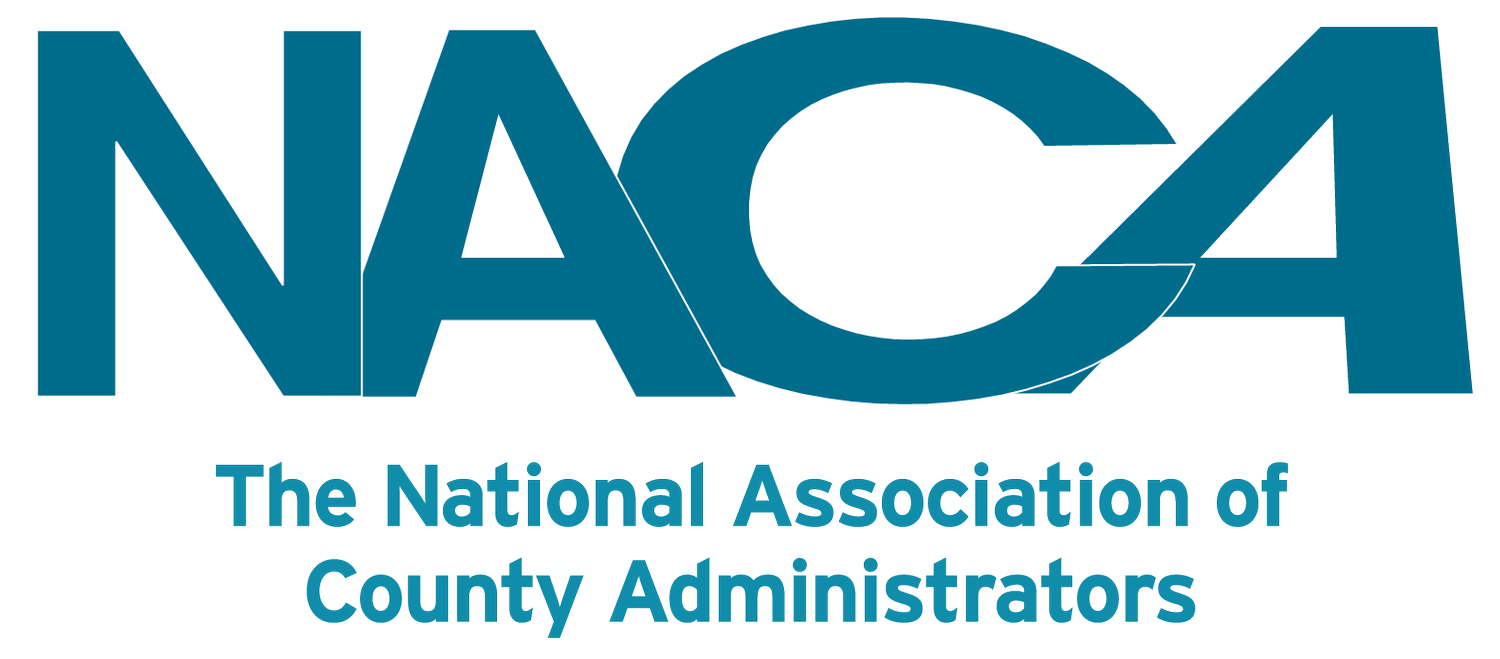What Motivates Younger Employees? Comparisons by Gender, Race, and Ethnicity
What Motivates Younger Employees? Comparisons by Gender, Race, and Ethnicity
One of the key challenges facing local governments is recruiting and retaining the next generation of employees. To better inform those agencies’ efforts, MissionSquare Research Institute and Greenwald Research conducted a survey of 1,004 state and local government employees aged 35 and under. While the summary findings were released in late 2023, the Research Institute has been working on a series of follow-up reports analyzing the resulting data by key demographics.
Two new issue briefs: 35 and Under in the Public Sector – Comparisons by Gender and Comparisons by Race and Ethnicity make clear that workforce motivations and concerns are not the same across all groups of younger public sector employees.
For example, only 23% of women responding feel very financially secure as compared to 43% of men. This research comes as state and local governments continue to struggle drawing younger workers into public service careers.
The financial concerns of women extend to perceptions of public sector salaries and benefits, with female respondents rating both lower than male respondents. Only 8% of women consider their salary very competitive, in contrast to 19% of men. Regarding benefits, 15% of women view them as very competitive, while 30% of men hold this sentiment.
Among other key findings:
While health insurance garnered about equal satisfaction by gender, female respondents were less likely to be satisfied with other aspects of their compensation and benefits, with the greatest differences for paid family leave, retirement benefits, and salary.
The percentage of women saying they cannot afford to save more for retirement (64%) is significantly higher than the percentage of men who say that (46%).
Male and female respondents generally agreed on valuing workplace professionalism (60%) and innovation (44%). Beyond that, most aspects of workplace culture were rated as more important by female respondents.
African American employees were 4x more likely to have worked prior contractual or gig work than in the public sector than White or Hispanic employees.
35% of African American employees reported also being paid for a second job, compared to 25% of White employees and 19% of Hispanic employees.
White employees were twice as likely to indicate they were attracted to the public sector due to the personal satisfaction the job gives them, while African American and Hispanic employees were more likely to indicate the top factor was salary.
Satisfaction with their workplace, understanding of benefits and retirement issues, willingness to recommend the public sector to friends or family, and reasons employees might be considering changing jobs also vary by gender, race, and ethnicity. Reviewing this or related data can help your government improve communication around recruitment appeals, employee engagement, and benefits offerings.
Two additional issue briefs will be released in coming weeks, outlining how attitudes vary among those 18-26 and 27-35 and those working in different industries within government, such as public safety, public works, health and human services, and education. To be notified of new research, subscribe to the Institute’s E-Newsletter.
Beyond the issue briefs, check out the general findings in 35 and Under in the Public Sector: Why Younger Workers Enter and Why They Stay (or Don't).



